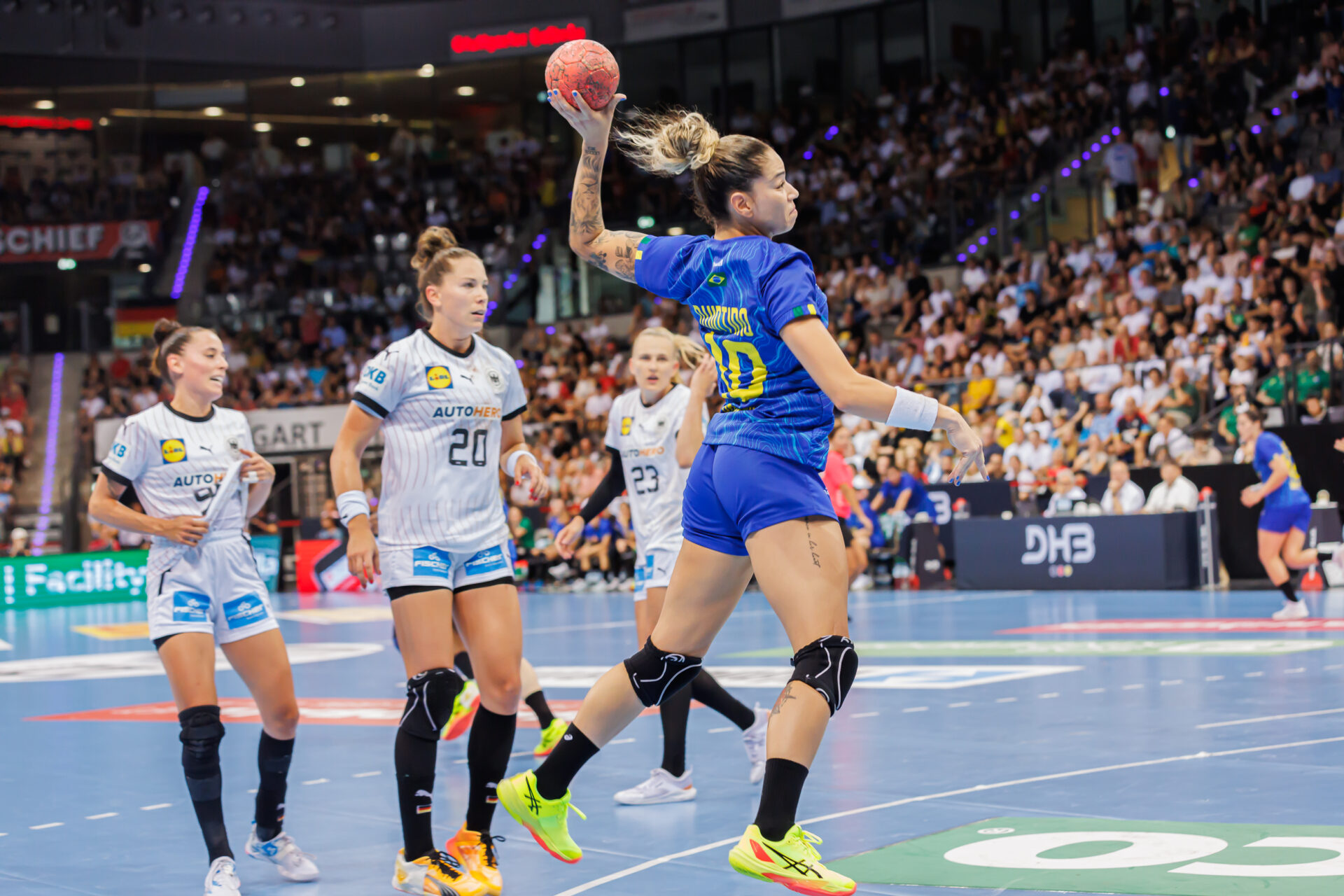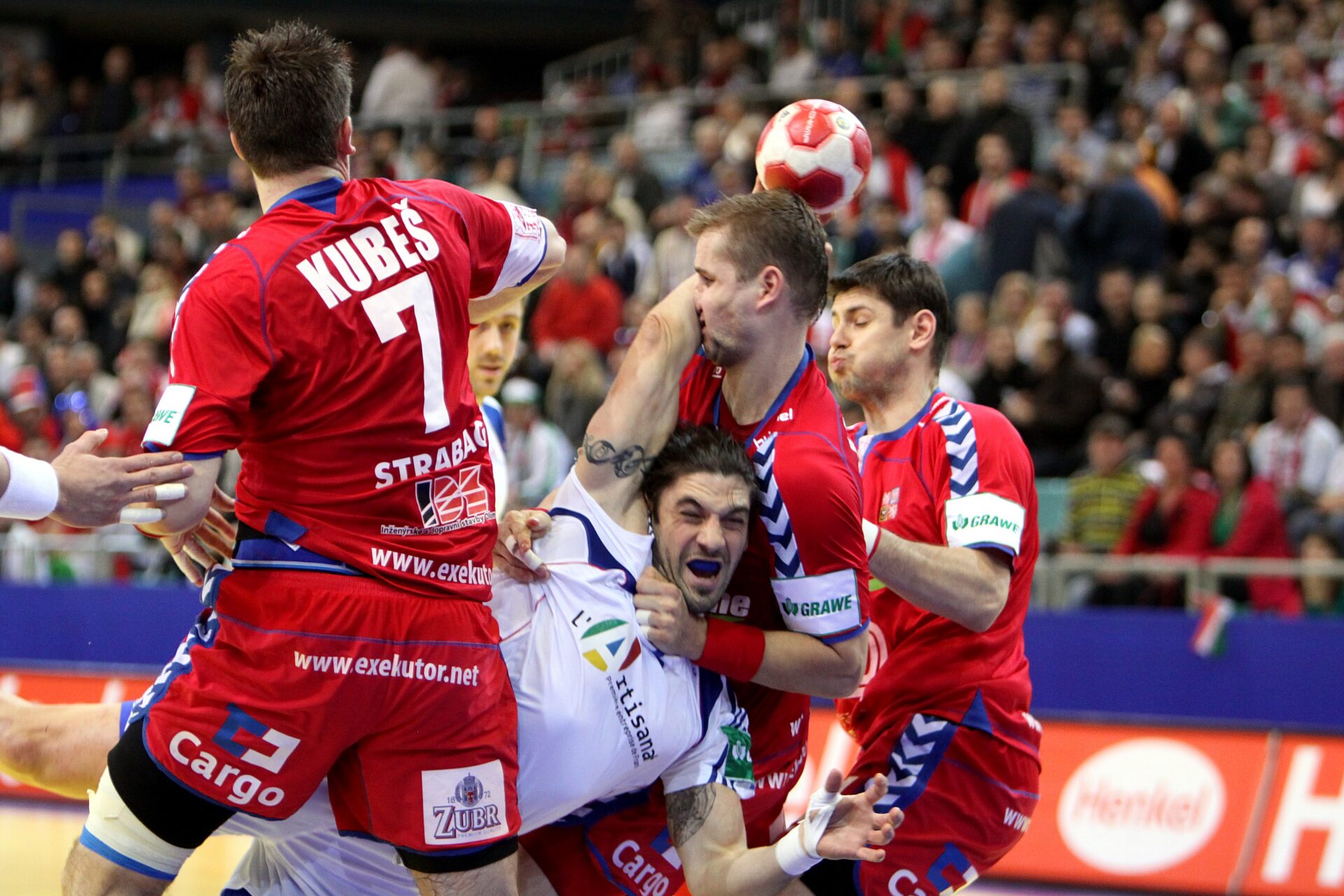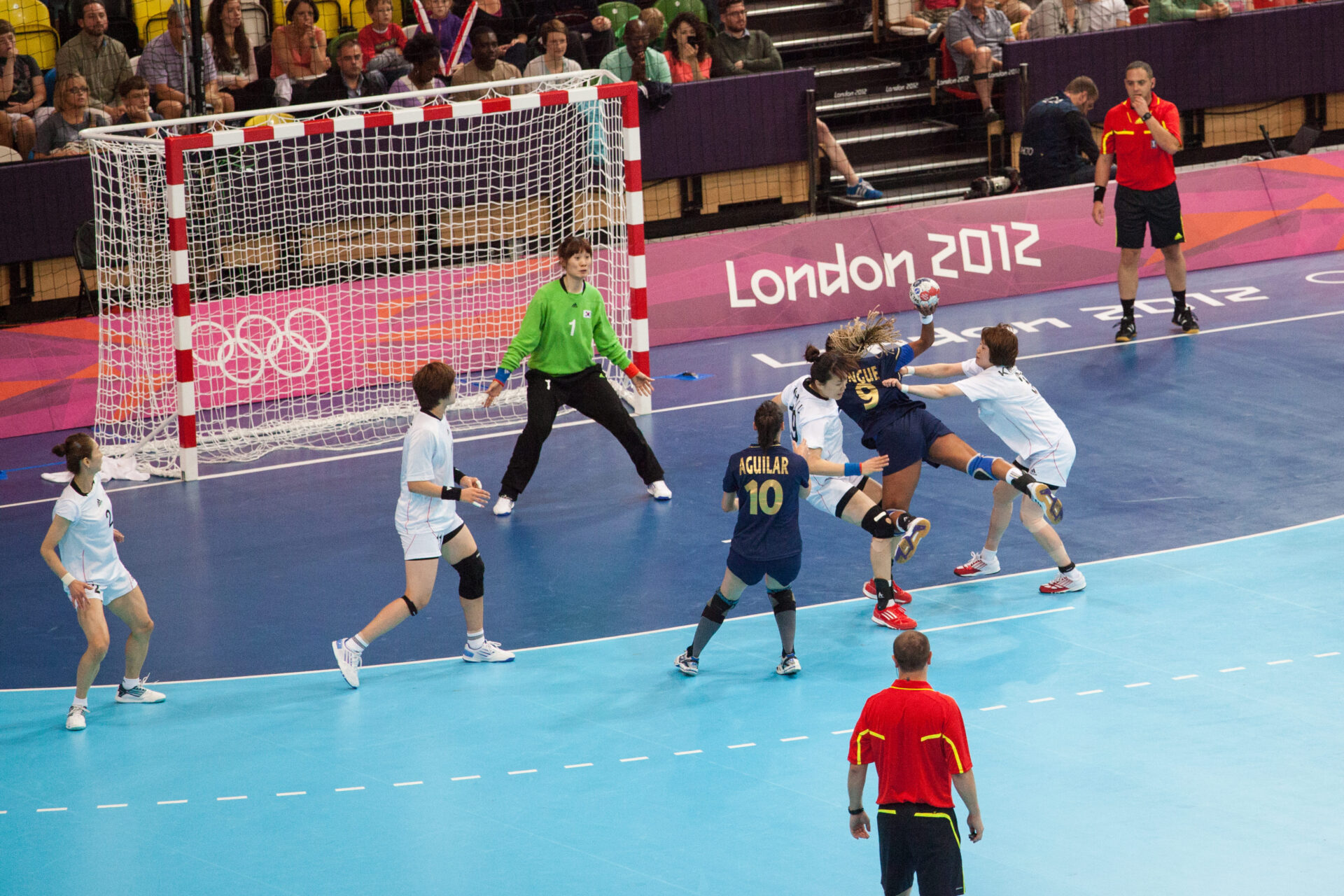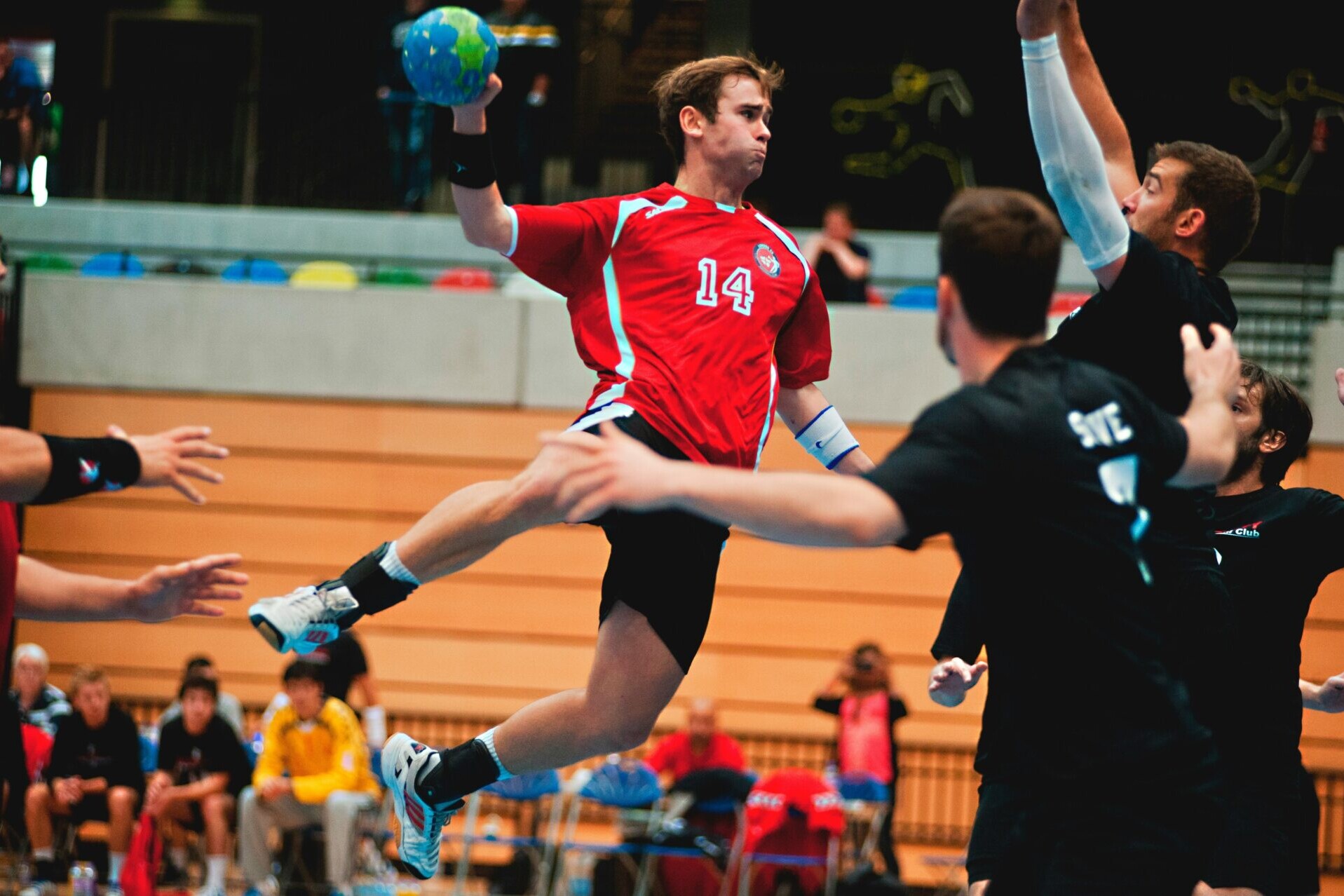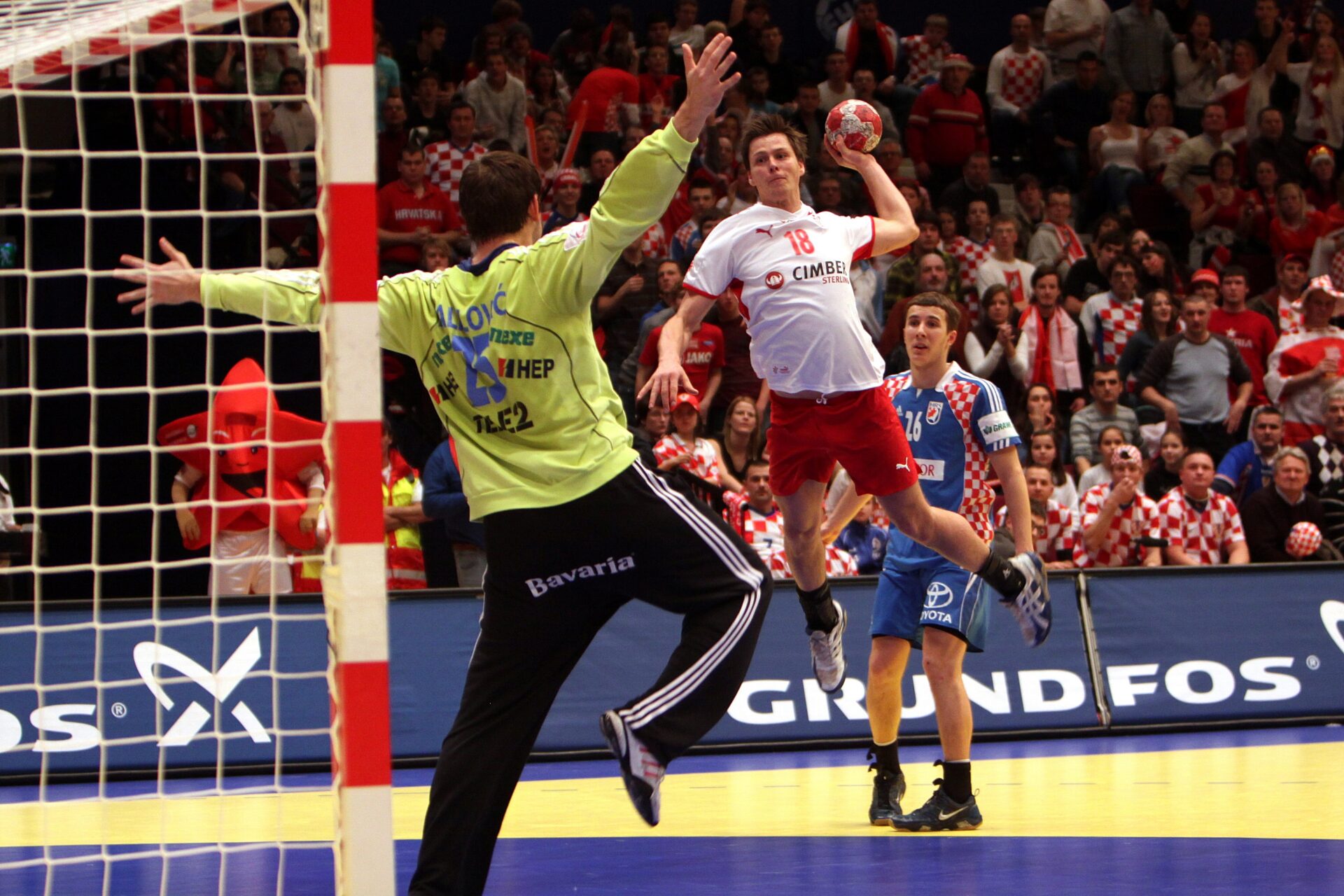HANDBALL: HISTORY, RULES AND ANECDOTES
Why be interested in handball in 2025?
Because it’s one of the most intense and spectacular team sports… and yet it’s still too little known! With its high-intensity matches, impressive technical moves and often electric atmosphere, handball clearly deserves its place in the spotlight.
👉 In this article :
- A dive into the history of handball, from the muddy pitches of Central Europe to the floors of the Olympic Games.
- Some surprising fun facts
- And above all, a quick and clear reminder of the essential rules to follow a match or play without asking yourself a thousand questions.
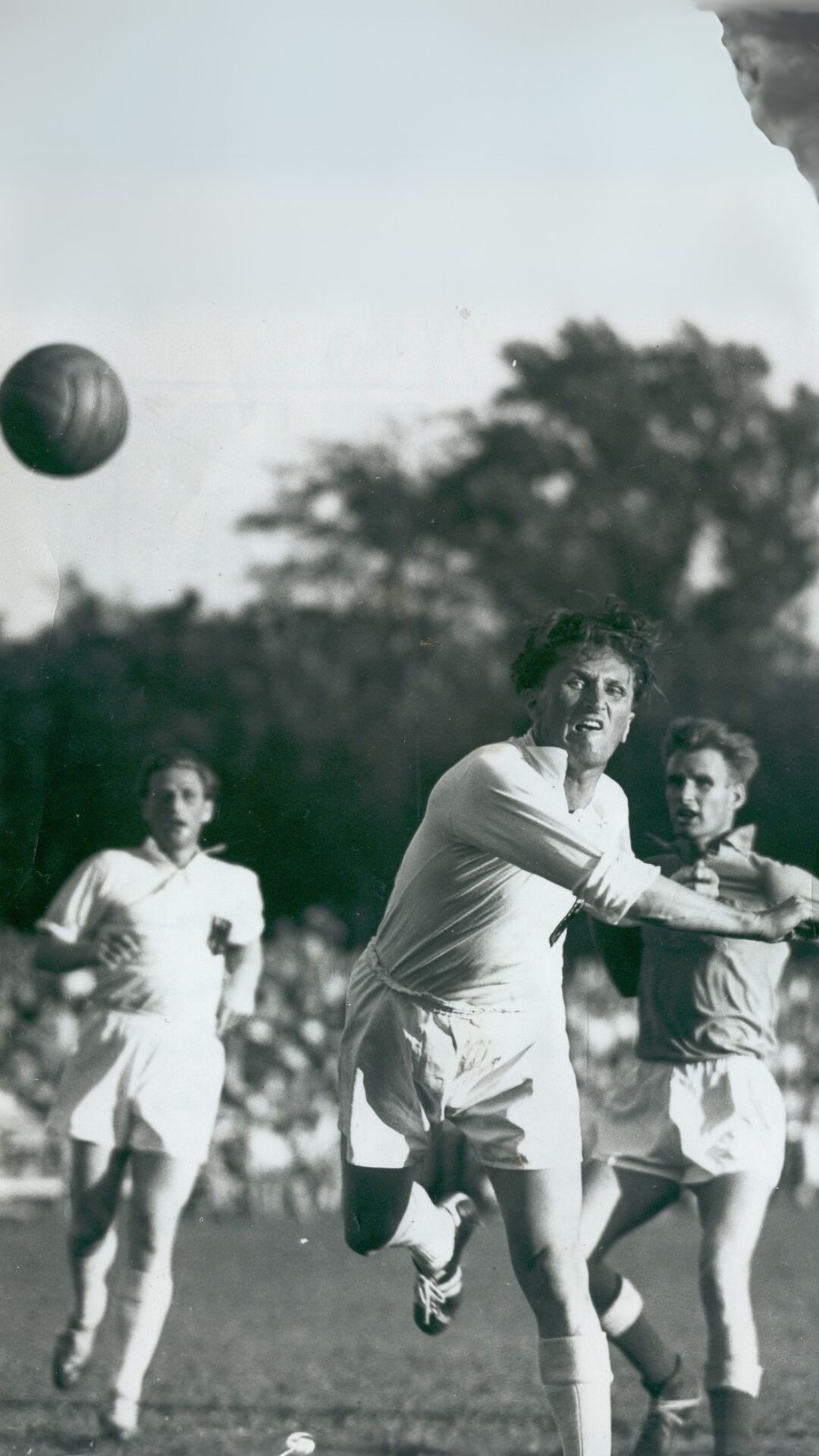
The history of handball
Handball is a relatively young team sport, but it has rapidly established itself as one of the most spectacular in the world. Its origins date back to the end of the 19th century, in several Northern and Eastern European countries. At the time, various forms of handball were played, notably in Denmark, Germany and Czechoslovakia.
In 1917, the German Carl Schelenz laid the foundations of modern handball by codifying precise rules. The game was then played 11 against 11, outdoors, on pitches similar to those used for soccer. This version was even entered in the 1936 Olympic Games in Berlin.
But it was after the Second World War that a major change took place: the 7 player version, played indoors, gained in popularity. Faster, more dynamic and better suited to northern climates, it became the norm. 7 a-side handball was finally recognized as an Olympic discipline in 1972 for men, then in 1976 for women.
Since then, handball has gone from strength to strength on the international stage. Today, it is particularly popular in Europe, with nations such as France, Germany, Norway and Denmark dominating competitions. This intense, technical and collective sport captivates through its speed of execution and constant suspense.
In Canada, handball was first known as “Borden Ball”, a simplified version of the game introduced during the Second World War by European prisoners of war at a camp in Ontario.
In the 1950s, handball began to take shape as a competitive sport. The Canadian Olympic Handball Federation was founded in 1962.
Since then, men’s championships have been held every year since 1968, and women’s championships since 1973.
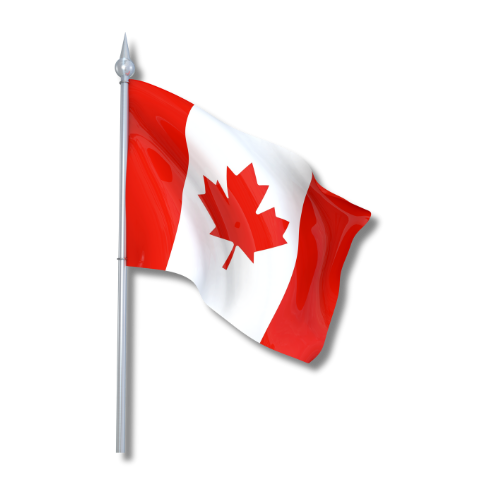

4 fun facts about Handball


The French men’s team is the most successful of all time: double Olympic champion, quadruple world champion, triple European champion… They’ve won so much that they’re called “Les Experts”…
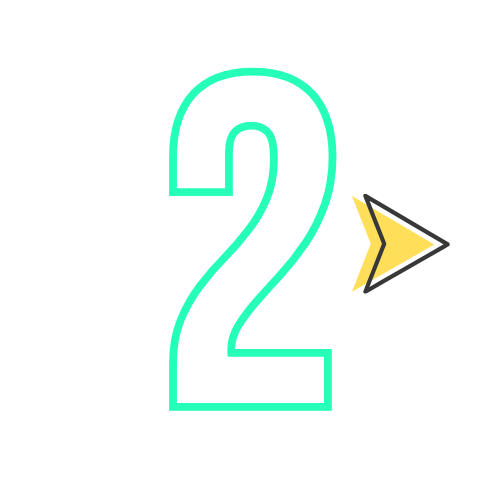
Handball is extremely popular in France, Germany, Spain, Scandinavia, Eastern Europe… but receives little media coverage elsewhere in the world. It’s one of the most watched sports during the Olympic Games in Europe, but almost invisible in North America.
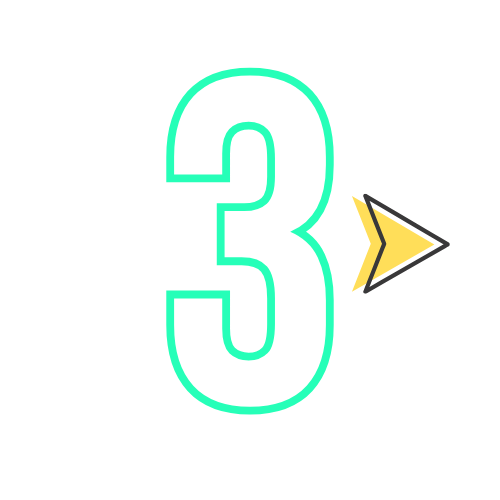
Handball is a national passion in Iceland. Despite its small population (390,000), the country has reached the highest level. Handball is an integral part of Icelandic daily life, practiced from school age and deeply rooted in local culture.
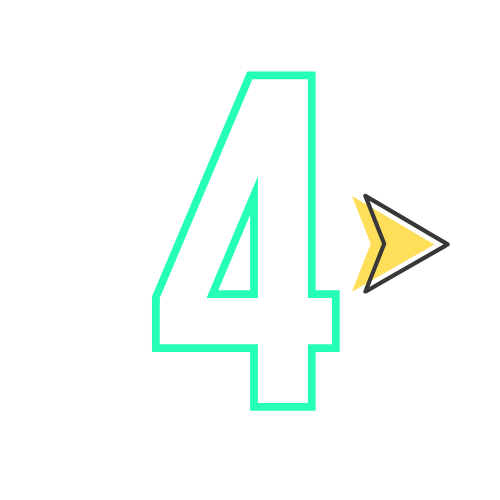
Beach handball, which emerged in the 1990s, is a more fun and spectacular version of classic handball. Played on the sand, 4 against 4, it features acrobatic moves such as spinning shots, which can be worth double. Fast, fun and often played in a summer atmosphere, it grows in popularity every year.
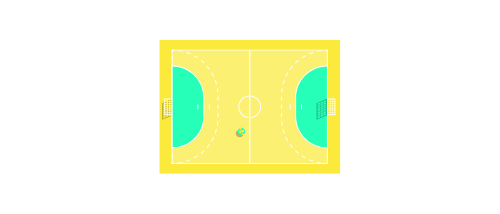
The main rules of Handball
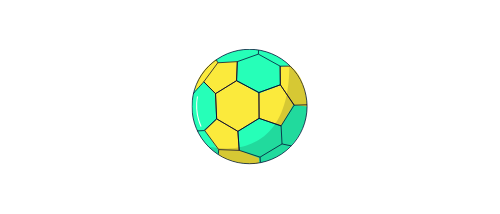
PURPOSE OF THE GAME
The aim of handball is to score more goals than the opposing team at the end of regulation time.
A match lasts 60 minutes, divided into two 30-minute halves with a 10-minute break at half-time.
Every goal scored counts as a point, and the scores are often high, making the game fast-paced and spectacular.
The action is fast-paced, with no time-outs, and the players are always on the move, making handball fast, dynamic and easy to follow.
FIELD AND TEAMS
Handball is played on a field 40 meters long and 20 meters wide, with a goal at each end.
Each team fields 7 players: 6 outfield players and 1 goalkeeper. Substitutions are unlimited and can be made at any time, without stopping play, from the substitution zone.
The goal area, known as the 6-meter zone, is reserved exclusively for the goalkeeper. Players may only enter this area if they are in suspension, i.e. they must have shot before falling back to the ground.
MAIN RULES
A player can only take 3 steps without dribbling, and can only hold the ball for 3 seconds without passing, shooting or dribbling. This requires fast, fluid play.
Contact is permitted, but only head-on, with arms bent: pushing, pulling or holding an opponent is forbidden.
In the event of a foul, the referee may penalize with a free-throw, a 7 meter throw (equivalent to a penalty), or disciplinary sanctions: warning (yellow card), 2 minute exclusion, or even a red card in the event of a dangerous gesture.
🤾 Want to try handball ?🤾
🎉 Focus on the BougeBouge Festival 🎉
📅 On the programme: sport for all !
- Marathon, half-marathon and adapted races: Whether you’re an experienced runner or a beginner, there are several distances on offer to help you meet your personal challenge.
- Races for children: Younger runners can also experience the joy of effort, thanks to specially adapted courses.
- Sports activities and workshops: In addition to the races, various activities such as handball, yoga and bootcamp will enhance the experience for a 100% active day.
- Festive atmosphere and sports village: exhibitor stands, recovery areas and a friendly atmosphere await you throughout the event.
Whether you’re a runner, an outdoor enthusiast or simply looking for a great event, Île Perrot in May 2025 has a unique sporting experience in store for you with the BougeBouge Festival. So, on your marks, get set… Get moving! 🚀
Book your place now !
And to make sure you don’t miss a thing, you can follow us on our social networks !

